
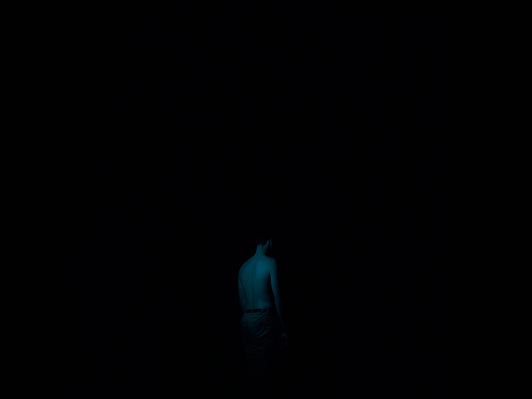

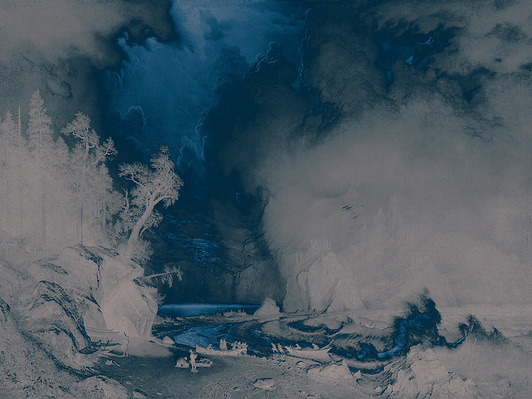


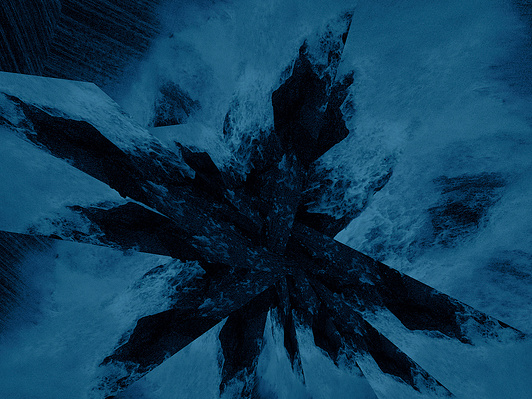
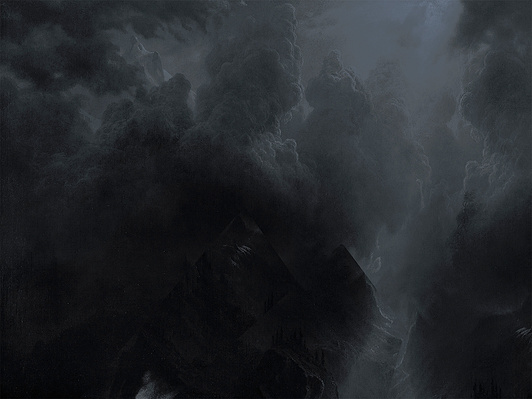





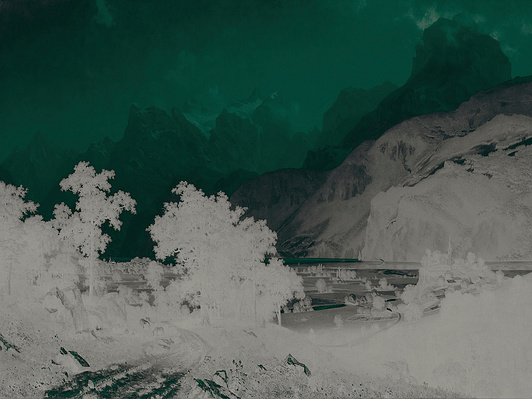


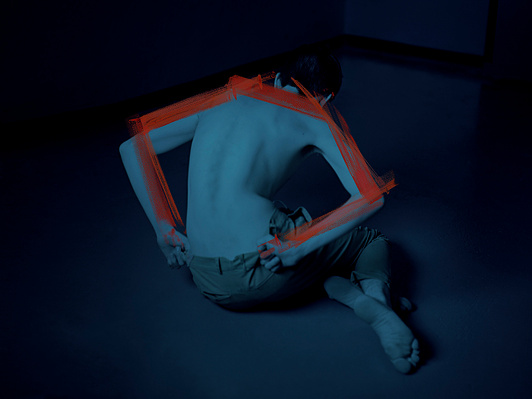




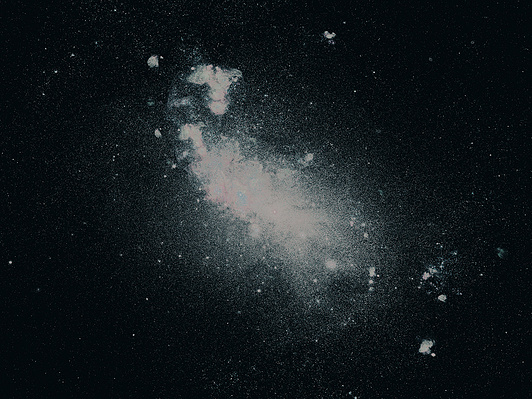
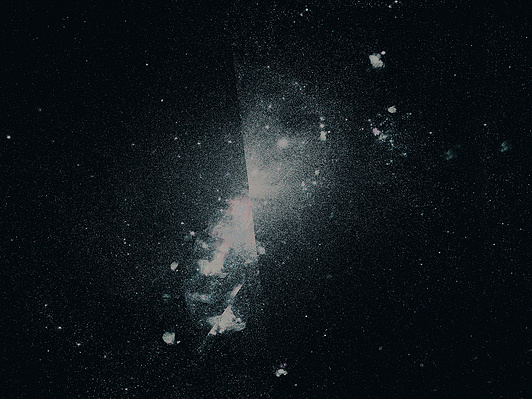

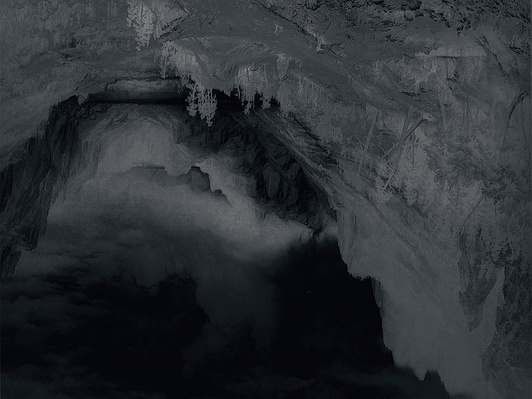
In the spring of 1863, the landscape-painter Albert Bierstadt, started his second tour across the Rocky Mountains with his friend the American writer Fitz Hugh Ludlow.
The story says that during their expedition, the painter was astonished by the view of an enormous mountain. Immediately he made a sketch where a dark grey storm crosses an imaginary horizon of gigantic peaks blown out of proportion. Bierstadt entitled his painting “A storm in the Rocky Mountains, Mount Rosalie” in honor of his traveling companion’s wife. The work was interpreted as a representation of his emotional anguish and the mountain, unnamed until that date, was named Mount Rosalie in honor of the woman that Bierstadt secretly loved.
Most critics thought Mount Rosalie was impossibly high. The painting and Bierstadt’s work seem to talk about desire, but always through the excess and the violation of a reality that only seemed suggestive for the artist when it was conducted by his imagination. His idea of beauty oscillated between the sublime exaltation of his emotions and the calculated effectiveness of the forms. Both contradictory notions though, is it not an audacity and a frustration at the same time to try to reach a summit? Nevertheless, the purpose of naming a mountain is an act charged of poetry. It tells us about the desire of possession and permanence. It reminds us, through creation, of the memory of those we have loved.
To name a mountain is a fictionalized documentary in which, analogue photography procedures, multiple pictorial techniques and digital reinterpretations of landscapes of the work of the painter from the Hudson River School, Albert Bierstadt, are mixed. In the project, Alfonso Almendros does an investigation on the expedition through the Rocky Mountains, carried out in 1863, by Albert Bierstadt and his friend, the writer Fitz Hugh Ludlow.
To name a mountain takes episodes and concepts of Romanticism and the school of thought from the second half of the s. XIX as the structural and conceptual axis of the project. Concepts like the sublime, presented by Edmund Burke in his work “A Philosophical Inquiry into the Origin of our Ideas of the Sublime and Beautiful”; the fascination for the insurmountable and unknown nature linked to the origin of alpinism; the birth of photography and its fundamental role in the expeditions undertaken in the second half of the 19th century in the western United States; the research on the field of chromaticism carried out by Goethe or the concept alterity, so present in the fictional literature of the time, are the conceptual bases that support an imaginative narration about the idealization of love and memory. Where, through metaphor, the difficulty of reaching the top of a mountain is equated with the love that Albert Bierstadt secretly professed for his friend ́s wife Rosalie Osborne.



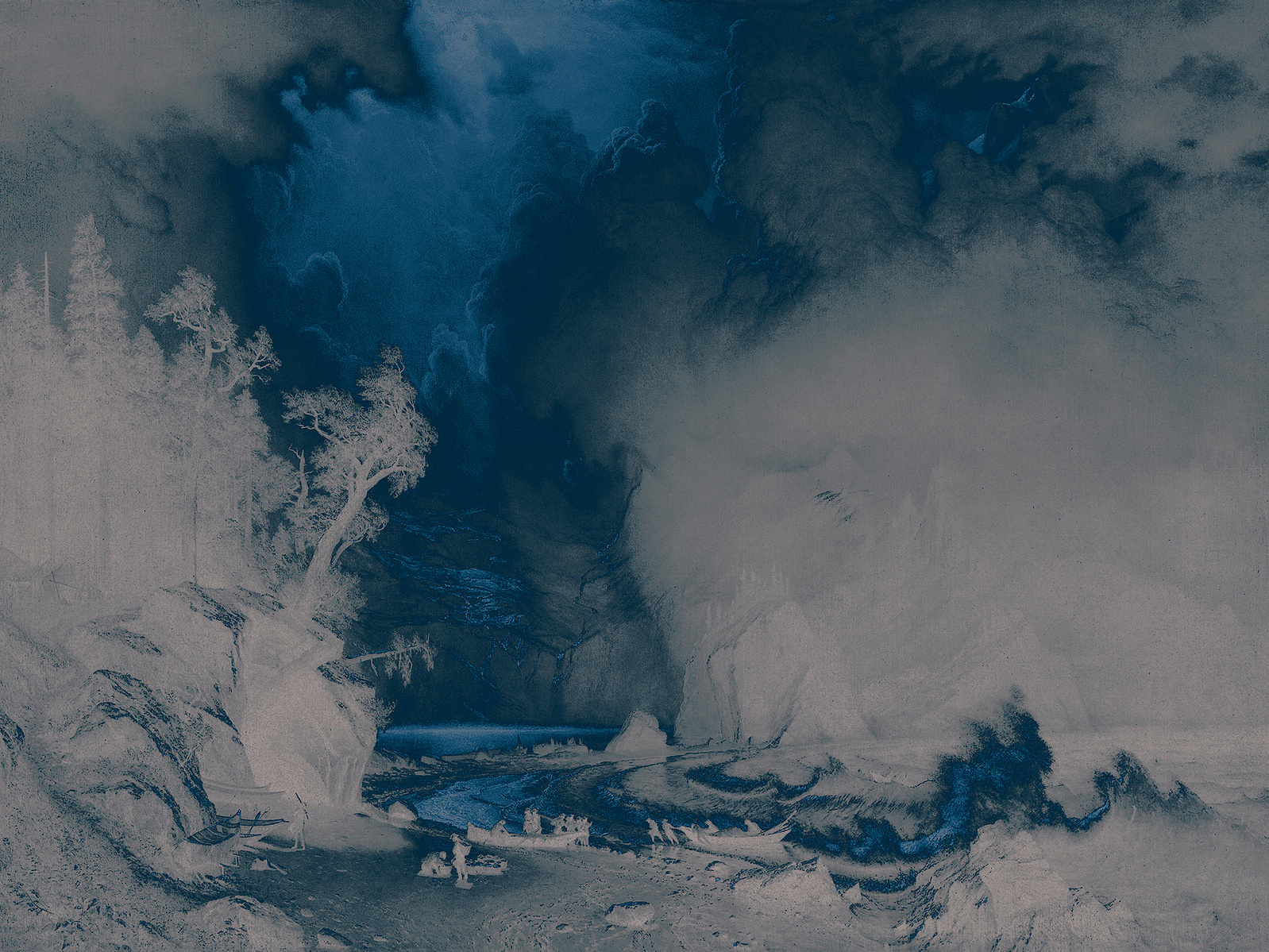




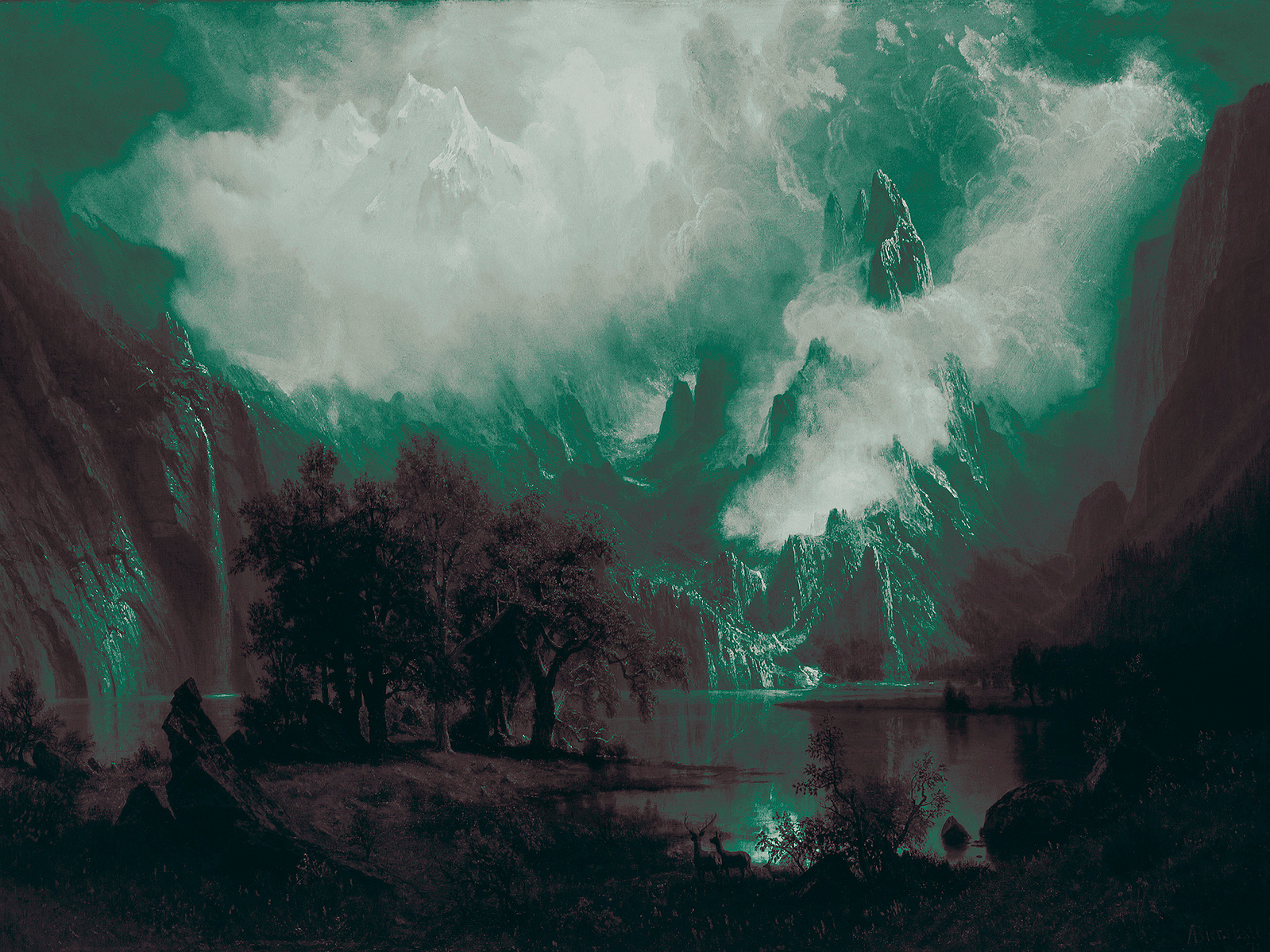




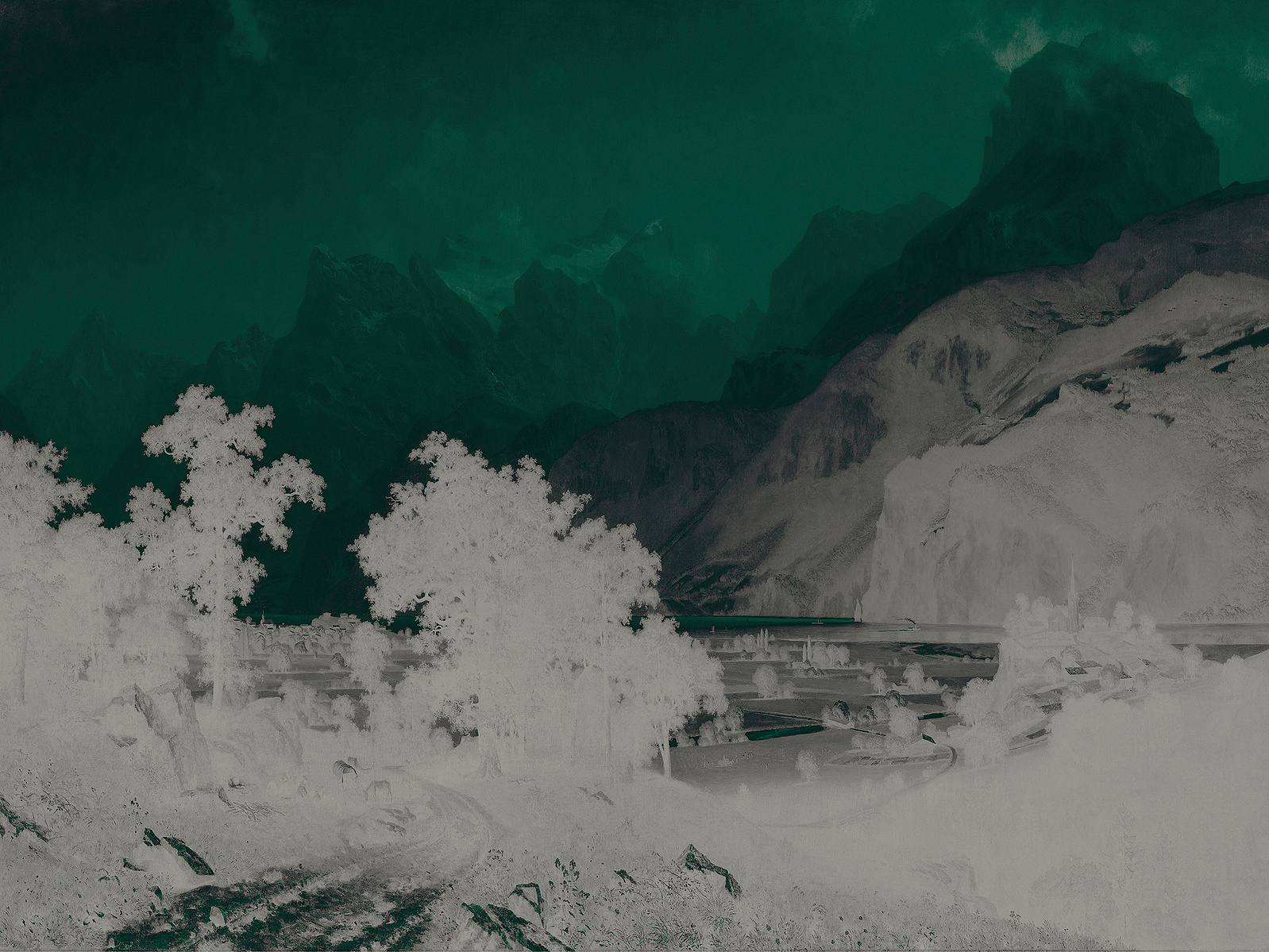

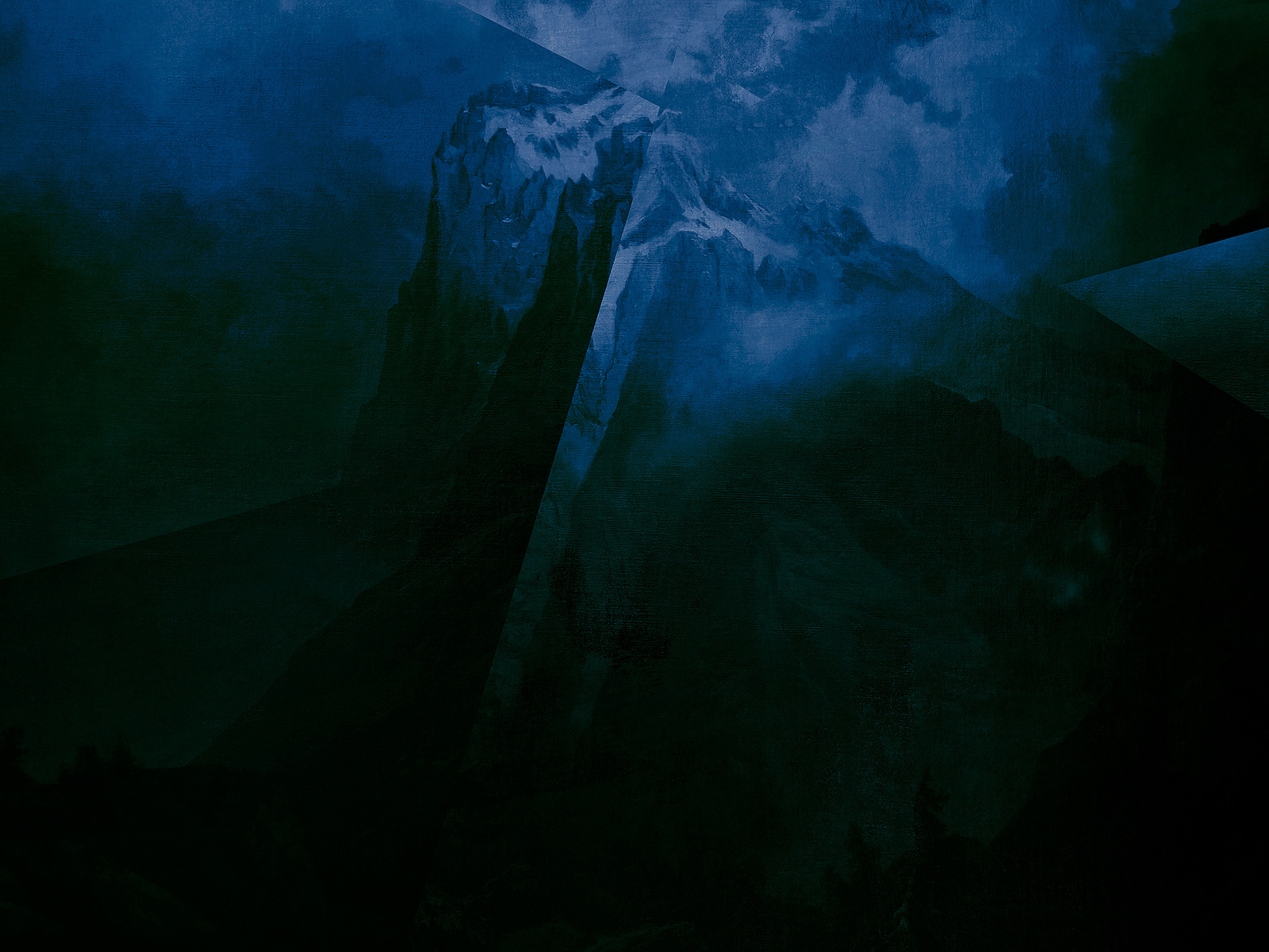



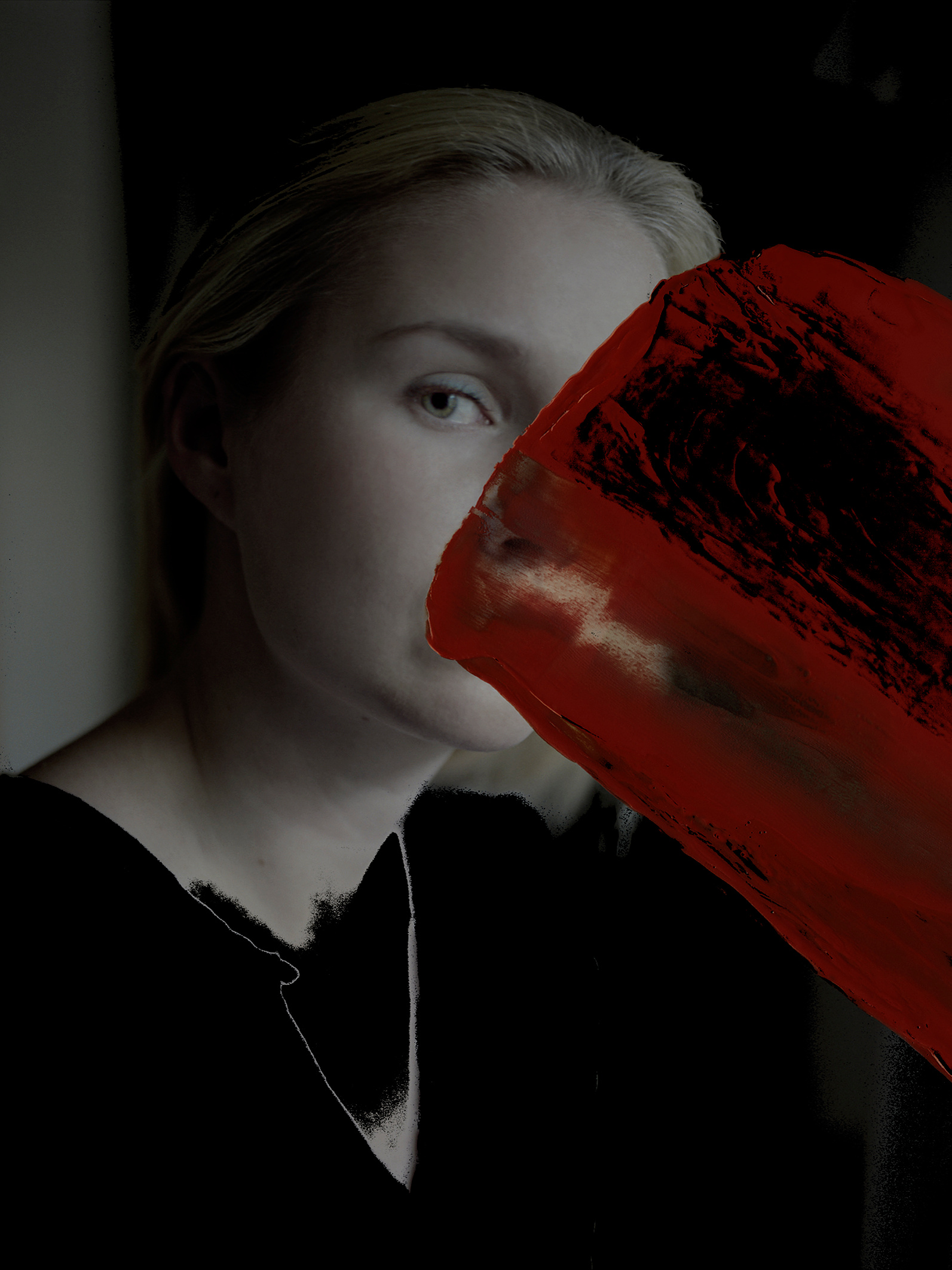

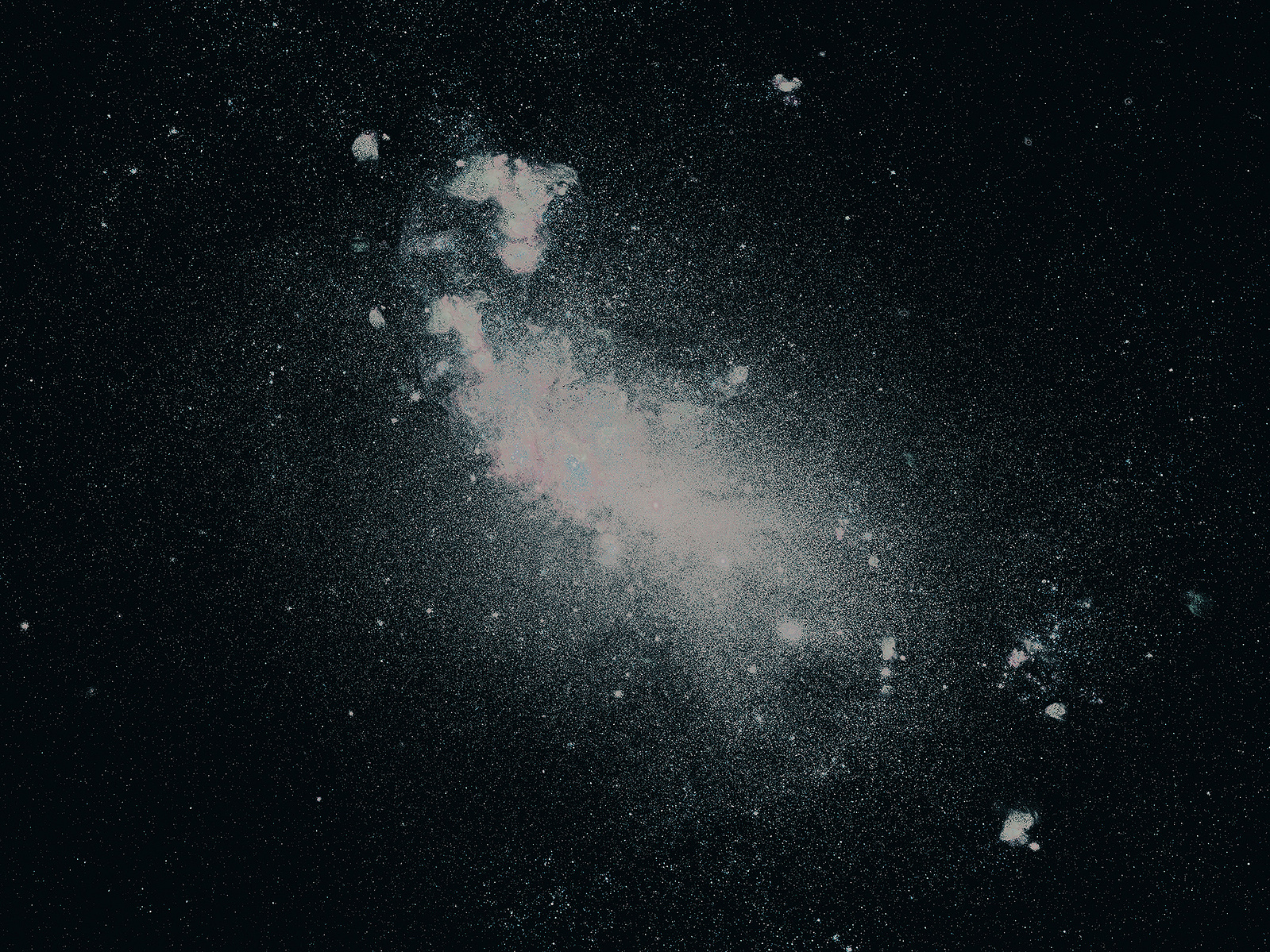
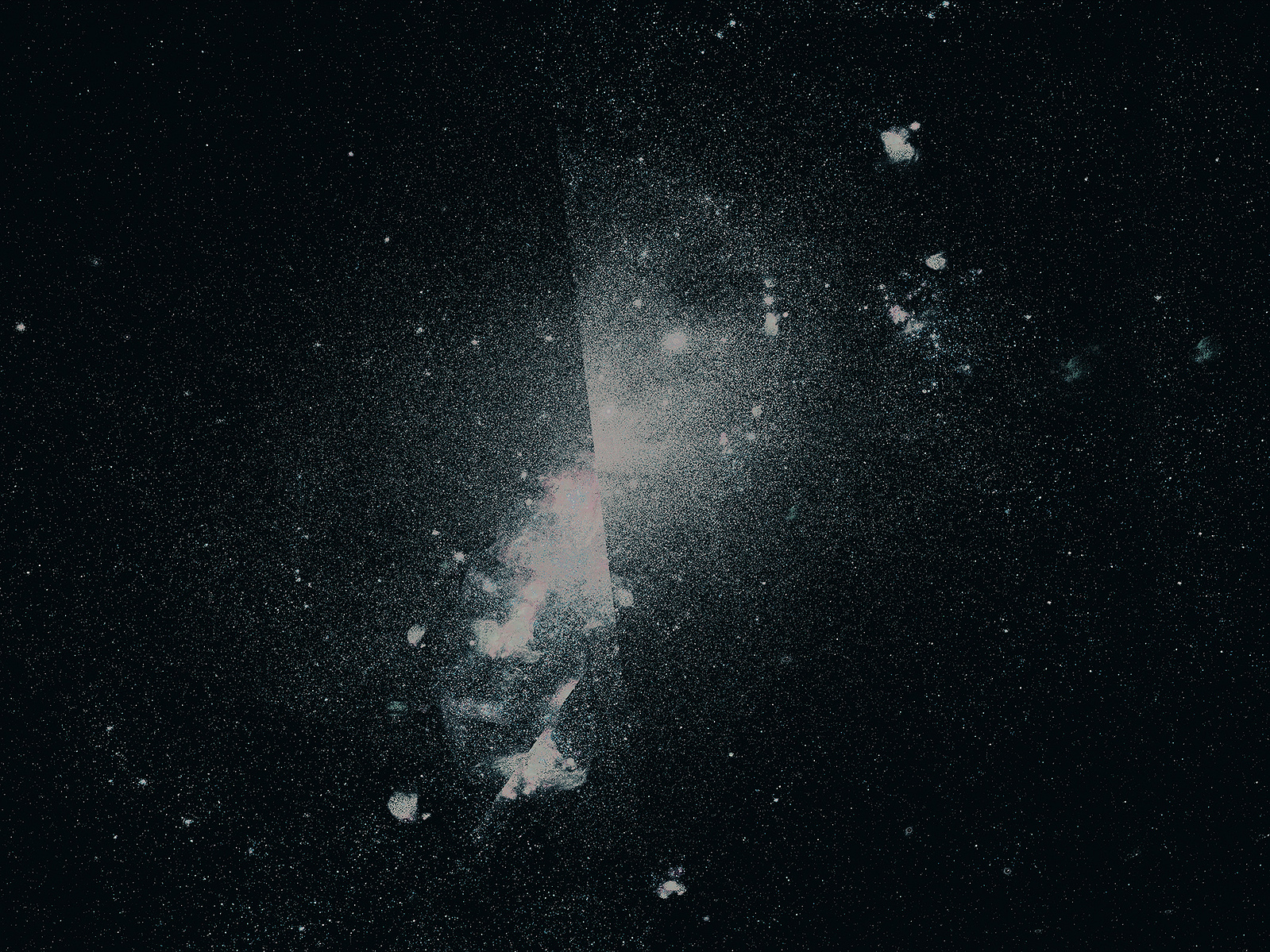


In the spring of 1863, the landscape-painter Albert Bierstadt, started his second tour across the Rocky Mountains with his friend the American writer Fitz Hugh Ludlow.
The story says that during their expedition, the painter was astonished by the view of an enormous mountain. Immediately he made a sketch where a dark grey storm crosses an imaginary horizon of gigantic peaks blown out of proportion. Bierstadt entitled his painting “A storm in the Rocky Mountains, Mount Rosalie” in honor of his traveling companion’s wife. The work was interpreted as a representation of his emotional anguish and the mountain, unnamed until that date, was named Mount Rosalie in honor of the woman that Bierstadt secretly loved.
Most critics thought Mount Rosalie was impossibly high. The painting and Bierstadt’s work seem to talk about desire, but always through the excess and the violation of a reality that only seemed suggestive for the artist when it was conducted by his imagination. His idea of beauty oscillated between the sublime exaltation of his emotions and the calculated effectiveness of the forms. Both contradictory notions though, is it not an audacity and a frustration at the same time to try to reach a summit? Nevertheless, the purpose of naming a mountain is an act charged of poetry. It tells us about the desire of possession and permanence. It reminds us, through creation, of the memory of those we have loved.
To name a mountain is a fictionalized documentary in which, analogue photography procedures, multiple pictorial techniques and digital reinterpretations of landscapes of the work of the painter from the Hudson River School, Albert Bierstadt, are mixed. In the project, Alfonso Almendros does an investigation on the expedition through the Rocky Mountains, carried out in 1863, by Albert Bierstadt and his friend, the writer Fitz Hugh Ludlow.
To name a mountain takes episodes and concepts of Romanticism and the school of thought from the second half of the s. XIX as the structural and conceptual axis of the project. Concepts like the sublime, presented by Edmund Burke in his work “A Philosophical Inquiry into the Origin of our Ideas of the Sublime and Beautiful”; the fascination for the insurmountable and unknown nature linked to the origin of alpinism; the birth of photography and its fundamental role in the expeditions undertaken in the second half of the 19th century in the western United States; the research on the field of chromaticism carried out by Goethe or the concept alterity, so present in the fictional literature of the time, are the conceptual bases that support an imaginative narration about the idealization of love and memory. Where, through metaphor, the difficulty of reaching the top of a mountain is equated with the love that Albert Bierstadt secretly professed for his friend ́s wife Rosalie Osborne.